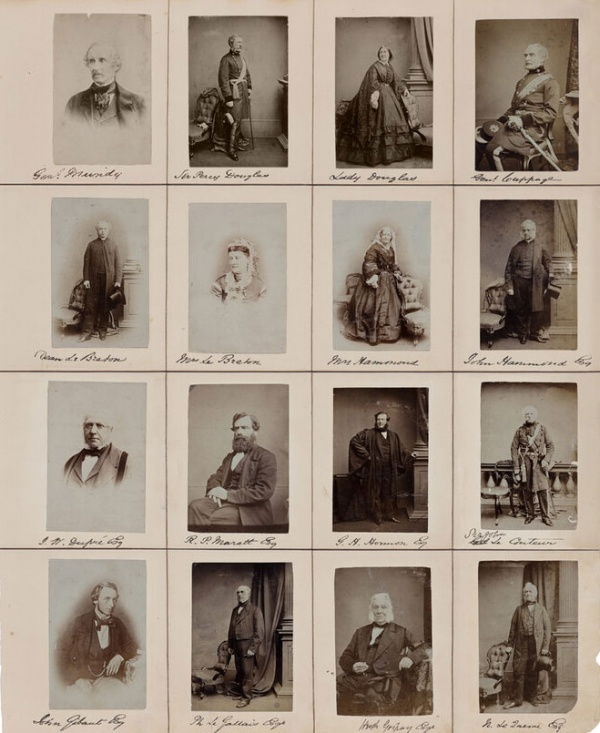Camera Obscura or “Pinhole Photography”
In 1685, the camera obscura was properly discovered by people, however, the earliest known account of a camera obscura was given by a Chinese philosopher in 400BC. This was the first invention that allowed people to see the light through a hole in the wall. This made it possible to see the light from objects and this was the first idea of “photography”. The invention of the camera obscura is still used today and can be known as “pinhole photography” now.

First “photograph”
In 1802, Thomas Wedgwood did experiments using silver nitrates to create a photographic image. He discovered that silver nitrate could be used to make light by heating. He managed to produce inside a camera obscura a black and white negative image on paper or white leather treated with silver nitrate. However, he only saw the image for a second, and then the image continued to go black until it disappeared. What he did wrong was that he didn’t know how to prevent the image from disappearing unlike photographers like Henry Fox-Talbot and Louis Daguerre.
Heliography & Joseph Nicephore Niepce
Joseph Nicephore Niepce was the first to make a permanent photographic image. Niepce fled the French Revolution but returned to serve in the French army. Dismissed because of ill health, he remained engaged in research for the rest of his life.
Heliography is a technique that he created, using a printing plate and engraving the image into it, this was done 1825. He worked closely with Louis Daguerre, helping him make the Daguerreotype.
How is heliography done? Traces of solar energy are burnt into the film material using self-constructed devices and lenses. Afterwards, the shots are enlarged and printed on paper or the film sheets are directly shown in light-boxes.

Louis Daguerre and Daguerreotypes
Louis Dagueterre, a French painter and physicist, invented the first practical process of photography, known as the Daguerrotype. He worked closely with Joseph Nicephore Niepce .Though the first permanent photograph from nature was made in 1826/27 it required about eight hours’ exposure time, however Duerrotypes only required 20 to 30 minutes exposure time.
Daguerreotype was the first publicly available photographic process and it was widely used during the 1840s and 1850s. The name refers to an image created through this process, a daguerreotype is not flexible and is rather heavy. The daguerreotype is detailed and sharp, and is very fragile.
The one downside to the Daguerreotype is that only one copy of the image could be created with the technique which is why they were quite expensive to do. Louis Daguerre was believed to just be in it for the money, nothing else.
He was the first photographer to release an image depicting people, here it is:

Henry Fox Talbot & Calotype
Henry Fox Talbot was an inventor that couldn’t draw but wanted to express how he was feeling through images so he invented mousetraps (the camera).
He accidentally produced a negative instead of a positive but then realised that he could make as many positives as he wanted using the negative, then leading to his technique, “Calotypes”.
It was created by using a sheet of paper coated with silver chloride and exposing it to light in a camera obscura; those areas hit by light became dark in tone, yielding a negative image. The biggest aspect of the process lay in Talbot’s discovery of a chemical (gallic acid) that could be used to “develop” the image on the paper.

Robert Cornelius & Self-Portraiture
Robert Cornelius was an American photographer and pioneer in the history of photography. His self-portrait taken in 1839 is the first known photographic portrait of a person taken in the United States.
Cornelius attempted to perfect the daguerreotype, Cornelius took a self-portrait outside the family store. The technique he used required him to sit motionless for 10 to 15 minutes, taking the image by removing the lens cap and then going into frame where he sat for a minute before covering up the lens again.

Julia Margeret Cameron & Pictorialism
Julia Margaret Cameron is known for her soft-focus close-ups of famous Victorian men and for illustrative images depicting characters from mythology, Christianity, and literature, she was an ambitious and devoted photographer. Cameron is best known today for her moving and sensitive portraits of eminent Victorians. A paramount example is her 1867 photograph of Sir John F. W. Herschel, in which he looks directly at the camera, emerging from the shadows of the images.
Cameron and her pictorialist contemporaries pursued painterly compositions, subjects, and qualities, hoping to elevate photography to a high quality of art. A representation of a person or thing in a work of art.

Henry Mullins & Carte-de-Visit
Henry Mullins moved to Jersey from London in 1848 setting up a studio called the “Royal Saloon”. At the beginning he worked with another man but by 1849 he was working alone in the same studio he would end up working in for the next 26 years.
His speciality was “Carte de Visite”. Most of the time, he would take 16 images at a time and between 1850-1873 he made around 900 cartes de visites. Because, at the time pictures were expensive, it was mostly influential people that had their photos taken.


Charlie :
Clear and informative- good.
aim to include hyperlinks and clips as well as a bibilography in order to credit source material eg written articles that you accessed to write your assignment